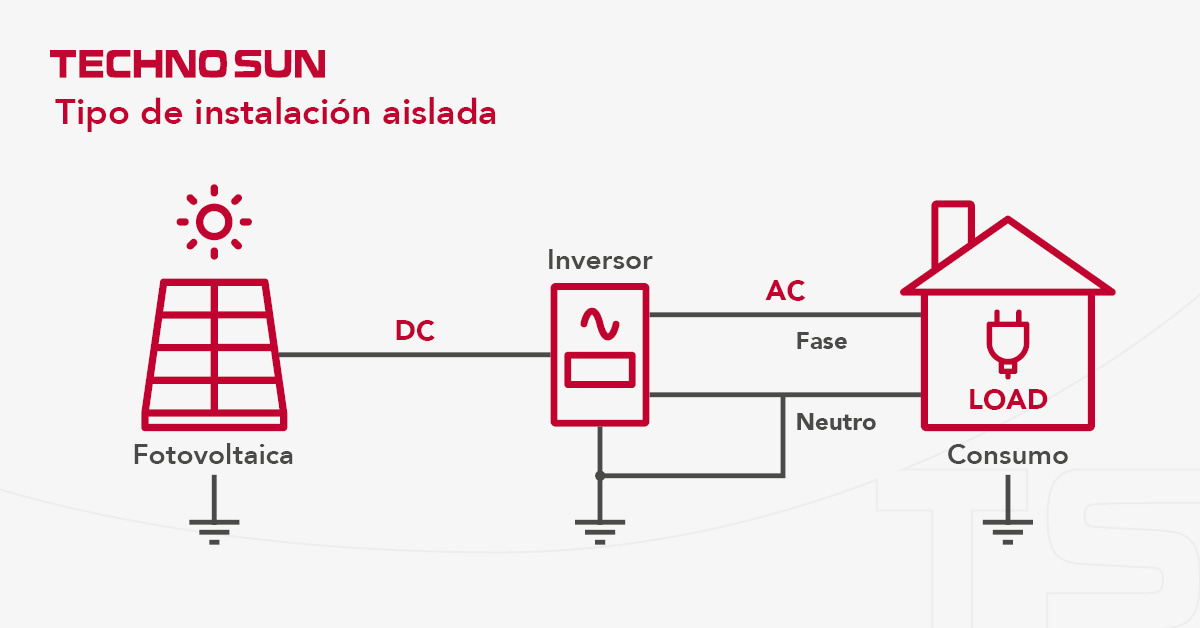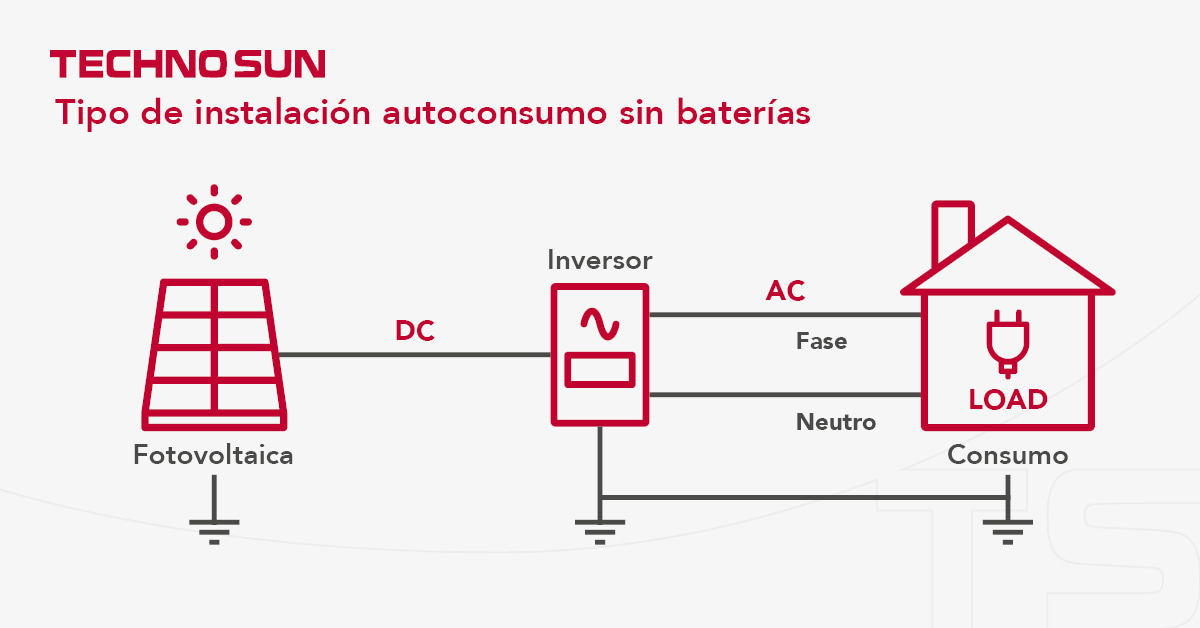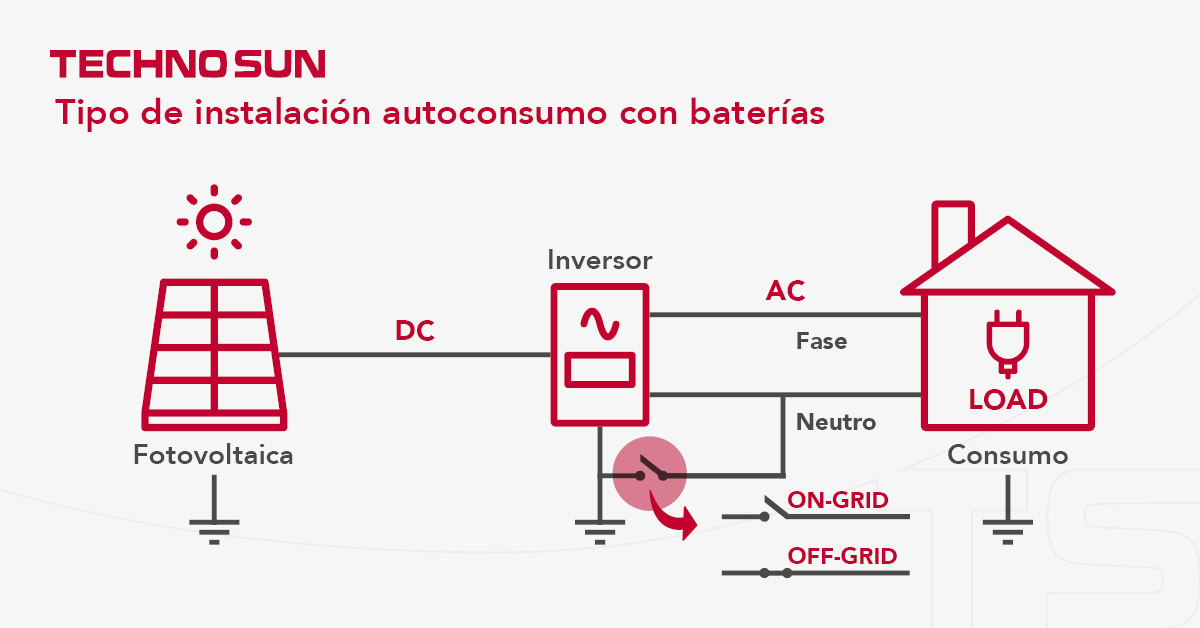Grounding in photovoltaics
We have previously talked about la conexión a tierra y la seguridad eléctrica, We now turn to grounding in different PV systems. :
+ Off-grid system
+ Self-consumption without batteries or non-hybrid system
+ Self-consumption with batteries or hybrid
But first we must talk about the resistance of the earth or soil and its recommended value in order to understand its importance.
Earth resistance value
For the installation of a photovoltaic system, the resistance of the ground where it is to be installed should be measured, and a value as low as possible is desirable.
According to NFPA (National Fire Protection Association) and IEEE (Institute of Electrical and Electronics Engineers) the earth resistance has to be 5.0 ohms or less, according to NEC (National Electric Code) it should be less than 25 Ohms, as specified in NEC 250.56, but in installations with sensitive equipment, it should be 5.0 Ohms or less.
If the value is higher it can lead to malfunctioning of the equipment with erroneous readings, it also makes it difficult to shunt the overvoltage and transients, being absorbed by the electronics instead of escaping through an optimal path, which could lead to damage to the equipment.
This problem is accentuated if the inverter used is TL (Transformer Less), without a low frequency transformer, which is the majority of inverters on the market, hence the importance of having a good ground connection.
Photovoltaic systems and their grounding
Now that we are clear about the importance of ground resistance, let's look at grounding in PV systems.
Off-grid installation
In this installation there are 3 types of grounding, physically independent: AC Generator (which is the inverter), DC Generator (which are the solar panels), and AC Consumer, thus minimising a possible deficient ground value. In addition, the neutral supports the grounding of the inverter.

Battery-free or non-hybrid self-consumption installation
It does not support the neutral to ground in the inverter, and the inverter ground connects to the load or consumer ground.

Battery or hybrid self-consumption installation
It is a combination of the previous 2.
If it is connected off-grid it works as the isolated one with the support of the neutral. If it is connected on-grid it does not connect the neutral like the self-consumption without battery.

Conclusion of grounding in photovoltaic systems
It is important to measure the earth value (which is not often checked), and to have physically independent earths, so that in the event that this earth value is deficient, it minimises its impact.
Conexiones a tierra en los diferentes sistemas fotovoltaicos